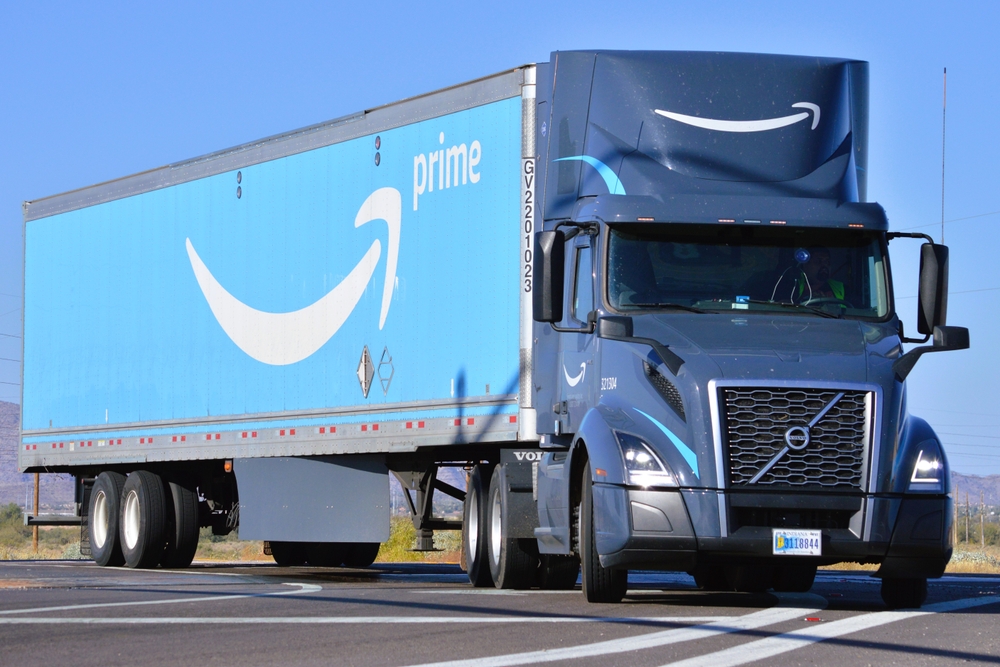
Amazon delivery drivers and affiliated workers have staged protests at delivery centers nationwide over the past week, aiming for a fair labor agreement. This comes amid the peak holiday shopping season, sparking concerns over potential delays in last-minute deliveries. While the demonstrations have drawn significant attention, experts say there is little evidence of widespread disruption to Amazon’s extensive distribution network.
Impact on Deliveries
Despite the visible protests, the effects on Amazon’s operations appear minimal. Experts highlight the complexity and redundancy of Amazon’s logistics network, which enables the company to mitigate localized disruptions effectively. Jean-Paul Rodrigue, a professor specializing in freight distribution, likened Amazon’s network to a hydra: “You can try to chop off one of its heads, but there are other heads.”
The protests have targeted delivery centers handling the critical “last mile” to customers’ homes, leading to minor delays of one or two days in select areas near major cities, including New York City, Atlanta, San Bernardino, and San Francisco. Demonstrators have occasionally slowed trucks entering and exiting these centers, but the disruptions remain isolated.
Teamsters’ Perspective
The International Brotherhood of Teamsters, representing the protesting workers, has reported some success in slowing deliveries and urged consumers to hold Amazon accountable for any delays. Sean O’Brien, Teamsters President, emphasized the union’s goal of leveraging the holiday rush to demand better conditions.
“We are slowing the packages down,” O’Brien stated, acknowledging the inconvenience to consumers but attributing the root cause to Amazon’s labor practices.
The protests have extended to additional facilities, including a 5,500-person warehouse in Staten Island and an air hub in San Bernardino. However, Amazon disputes the classification of these actions as a strike, claiming the participants are not employees and labeling the demonstrations as external disruptions.
Amazon’s Response
Amazon maintains that its operations remain unaffected, stating that the protests involve a fraction of its facilities and workforce. Spokesperson Kelly Nantel dismissed the protests as actions by “outsiders” with little internal support. Nantel also emphasized the company’s appreciation for its employees, noting no significant impact on customer orders.
The scale of the protests underscores this perspective. The Teamsters represent fewer than 1% of Amazon’s 800,000 U.S. operations employees, with picket lines at only a small fraction of its 585 delivery centers. Marc Wulfraat, a logistics expert, remarked that the protests would need to expand significantly to disrupt Amazon’s robust distribution system.
Broader Implications
While the immediate operational impact appears limited, the protests could influence Amazon’s future. Experts suggest the demonstrations may inspire more workers to unionize, potentially posing a longer-term threat to Amazon’s distribution network. Rob Handfield, a supply chain professor, noted that public awareness of the labor effort could deter some customers from ordering and potentially spark broader unionization efforts.
For Amazon, the real risk lies in the potential “snowball effect” of the protests, according to Rodrigue. Increased union momentum could challenge the company’s operational dominance, even if the current actions fall short of causing significant disruption. However, Rodrigue cautioned that the workers “still have a ways to go” before achieving this scale.
Amazon’s ability to manage these protests highlights the resilience of its logistics network while underscoring the broader labor dynamics that could shape its future.
Source:











Leave a Comment